Filter By:
Main Cloud Types
- Cumulus
- Stratus
- Stratocumulus
- Altocumulus
- Altostratus
- Cirrus
- Cirrocumulus
- Cirrostratus
- Nimbostratus
- Cumulonimbus
Other Clouds
- Arcus
- Asperitas
- Cap / banner clouds
- Capillatus
- Castellanus
- Cataractagenitus
- Cauda (Tail cloud)
- Cavum (Fallstreak hole)
- Congestus
- Contrail (homogenitus)
- Duplicatus
- Diamond dust
- Distrail
- Fibratus
- Flammagenitus (Pyrocumulus)
- Floccus
- Fluctus (Kelvin-Helmholtz)
- Fractus
- Homogenitus
- Horseshoe vortex
- Humilis
- Incus
- Intortus
- Lacunosus
- Lenticularis
- Mamma
- Morning Glory Cloud
- Murus (Wall cloud)
- Mediocris
- Nacreous
- Nebulosus
- Noctilucent
- Pannus
- Perlucidus
- Pileus
- Praecipitatio
- Radiatus
- Silvagenitus
- Spissatus
- Stratiformis
- 'Supercilium' (not official classification)
- Translucidus
- Tuba / Twister
- Uncinus
- Undulatus
- Velum
- Vertebratus
- Virga
- Volutus (Roll cloud)
Optical Effects
- 22° Halo
- 46° Halo
- Circumhorizon Arc
- Circumscribed halo
- Circumzenithal Arc
- Cloudbow / Fogbow
- Corona
- Crepuscular rays & shadows
- Diffuse arcs
- Green flash
- Glory
- Halos
- Helic arc
- Infralateral arc
- Iridescence
- Lower Sun Pillar
- Lower Tangent Arc
- Moonbow
- Moondogs
- Parhelic circle
- Parry antisolar arcs
- Parry arc
- Parry infralateral arc
- Parry supralateral arc
- Rainbow
- Sub parhelion
- Sub-sun
- Suncave parry arc
- Sun dog (Parhelion)
- Sun pillar
- Supernumerary bows
- Subparhelic circle
- Supralateral arc
- Upper tangent arc
- Wegener arc
The summer sky viewed from the flight deck over the Northern Atlantic Ocean.
4 thoughts on “The summer sky viewed from the flight deck over the Northern Atlantic Ocean.”
Leave a Reply Cancel reply
You must be logged in to post a comment.
This site uses Akismet to reduce spam. Learn how your comment data is processed.
Virga with a subtle rainbow spotted over the Adirondack Mountains, Vermontville, New York, US
Leave a Reply Cancel reply
You must be logged in to post a comment.
This site uses Akismet to reduce spam. Learn how your comment data is processed.
Altocumulus and Cumulus fractus spotted over Zhongzheng District, Taipei City, Taiwan
Leave a Reply Cancel reply
You must be logged in to post a comment.
This site uses Akismet to reduce spam. Learn how your comment data is processed.
A gap in cloud cover just beyond the edge of cumulus congestus, spotted over San Juan, Puerto Rico
Leave a Reply Cancel reply
You must be logged in to post a comment.
This site uses Akismet to reduce spam. Learn how your comment data is processed.
Fluctus (Kelvin-Helmholtz) spotted over the Rockies, near Brighton, Colorado, US
Leave a Reply Cancel reply
You must be logged in to post a comment.
This site uses Akismet to reduce spam. Learn how your comment data is processed.
Fall Larch trees in the fog near Bigfork, Montana, US
Leave a Reply Cancel reply
You must be logged in to post a comment.
This site uses Akismet to reduce spam. Learn how your comment data is processed.
Marmalade colored cloud spotted in the early evening over Goodyear, Arizona, US
Leave a Reply Cancel reply
You must be logged in to post a comment.
This site uses Akismet to reduce spam. Learn how your comment data is processed.
Altocumulus stratiformis undulatus, also known as a 'mackerel sky', spotted over Burton on Trent, England
Leave a Reply Cancel reply
You must be logged in to post a comment.
This site uses Akismet to reduce spam. Learn how your comment data is processed.
Fog spotted by Alina Payne, from the Settignano Hills over the valley in Florence, Italy
Leave a Reply Cancel reply
You must be logged in to post a comment.
This site uses Akismet to reduce spam. Learn how your comment data is processed.
Virga spotted over Allendale, Michigan, US
Leave a Reply Cancel reply
You must be logged in to post a comment.
This site uses Akismet to reduce spam. Learn how your comment data is processed.
A classic example of a rare horseshoe vortex spotted over Roanoke, Virginia, US
Leave a Reply Cancel reply
You must be logged in to post a comment.
This site uses Akismet to reduce spam. Learn how your comment data is processed.
A layer of altocumulus above what appears to be low-lying stratus clouds formed via homogenitus, as a result of the nearby power plant and a variety of particles that act as condensation nuclei. This view overlooking Uskmouth Power Station, South Wales, is from Portishead, Somerset, England.
Leave a Reply Cancel reply
You must be logged in to post a comment.
This site uses Akismet to reduce spam. Learn how your comment data is processed.
A view from above the clouds, of a layered "field" of low-lying clouds, with a textured or rolling appearance, giving the indication that this is a layer of stratocumulus clouds, spotted during a flight over Albania
Leave a Reply Cancel reply
You must be logged in to post a comment.
This site uses Akismet to reduce spam. Learn how your comment data is processed.
Autumn view of Altocumulus stratiformis, spotted from Pinnacles Youth Park, Boone County, Missouri, US
Leave a Reply Cancel reply
You must be logged in to post a comment.
This site uses Akismet to reduce spam. Learn how your comment data is processed.
A blend of colours over Medford, Massachusetts, US
Leave a Reply Cancel reply
You must be logged in to post a comment.
This site uses Akismet to reduce spam. Learn how your comment data is processed.
Sunrise over San Leandro, California, US
Leave a Reply Cancel reply
You must be logged in to post a comment.
This site uses Akismet to reduce spam. Learn how your comment data is processed.



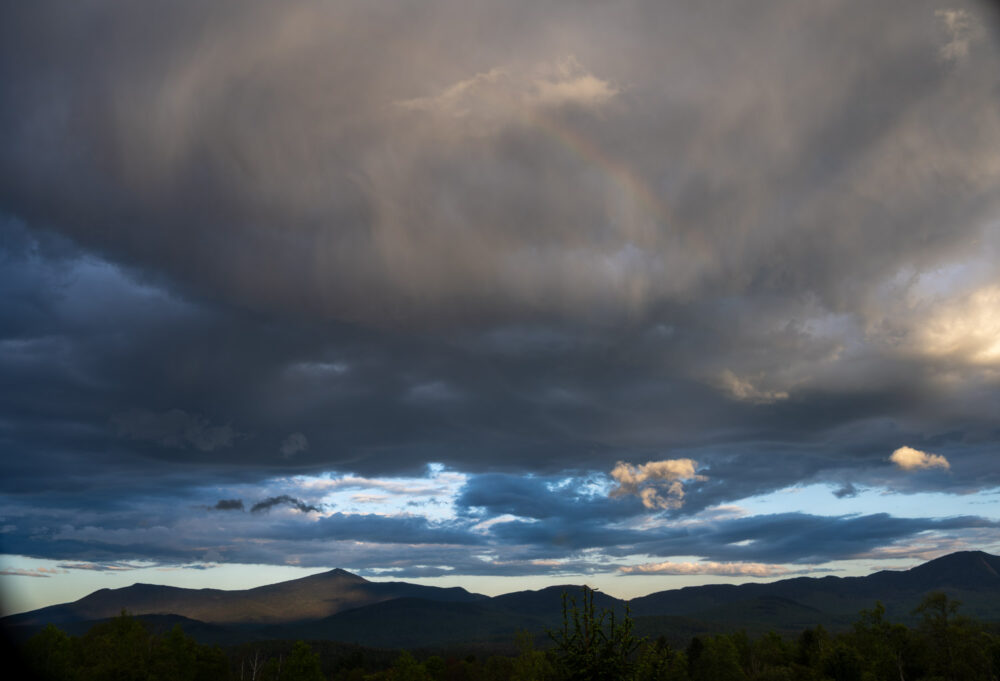
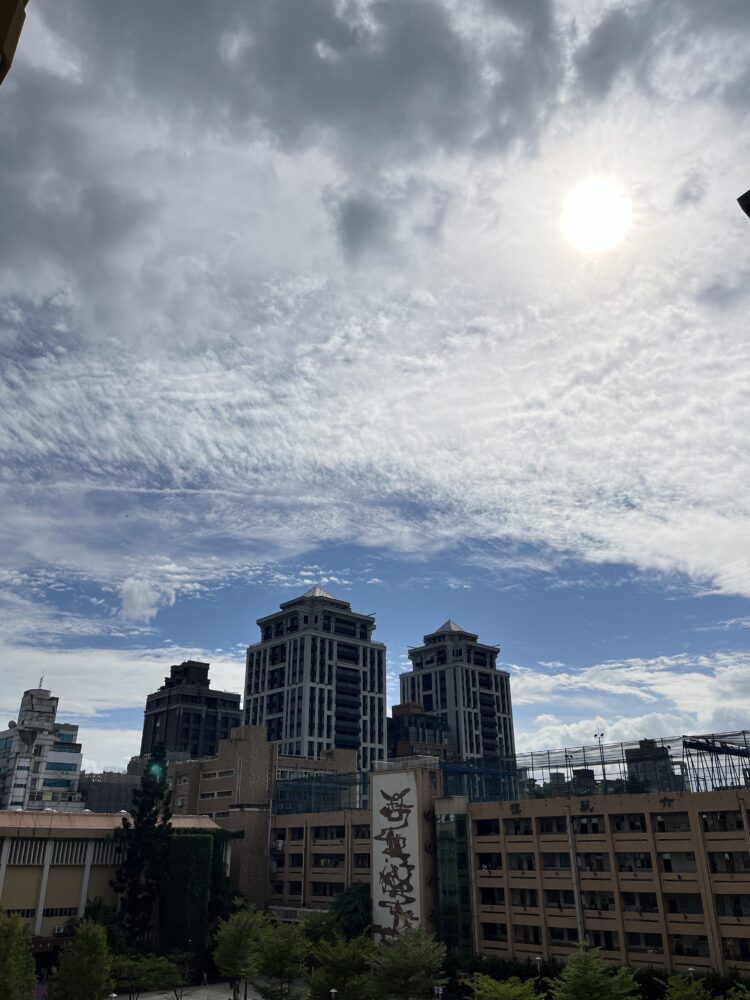
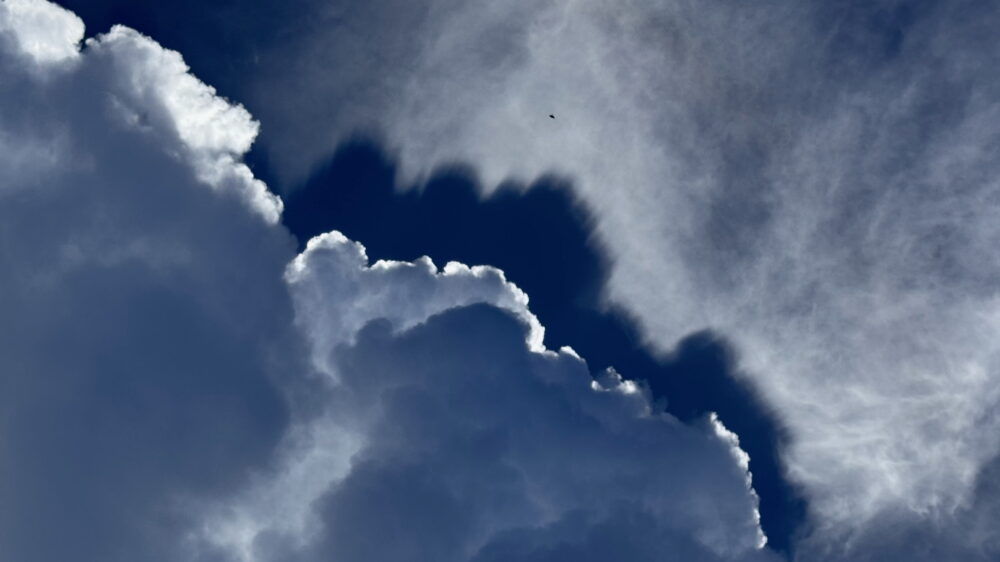
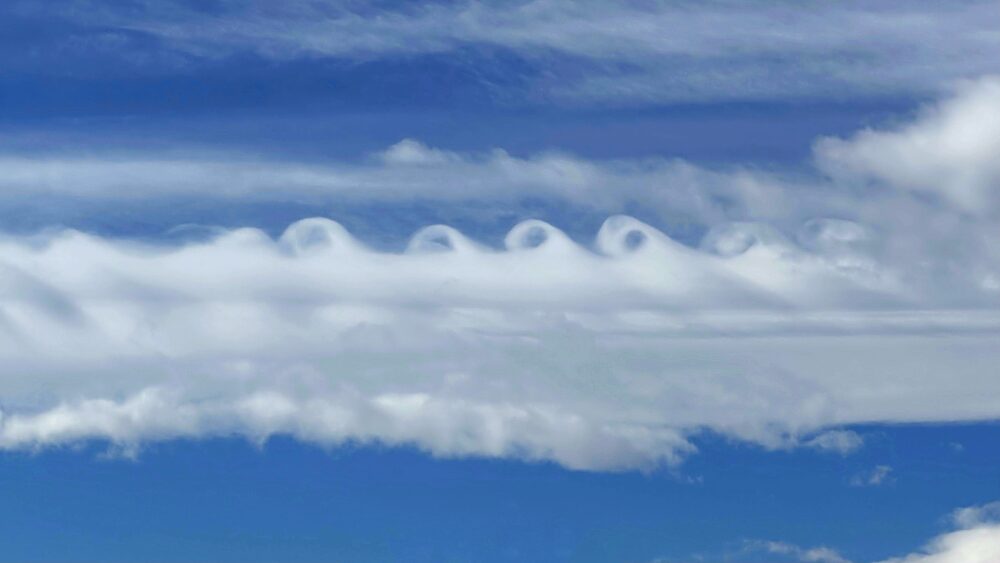
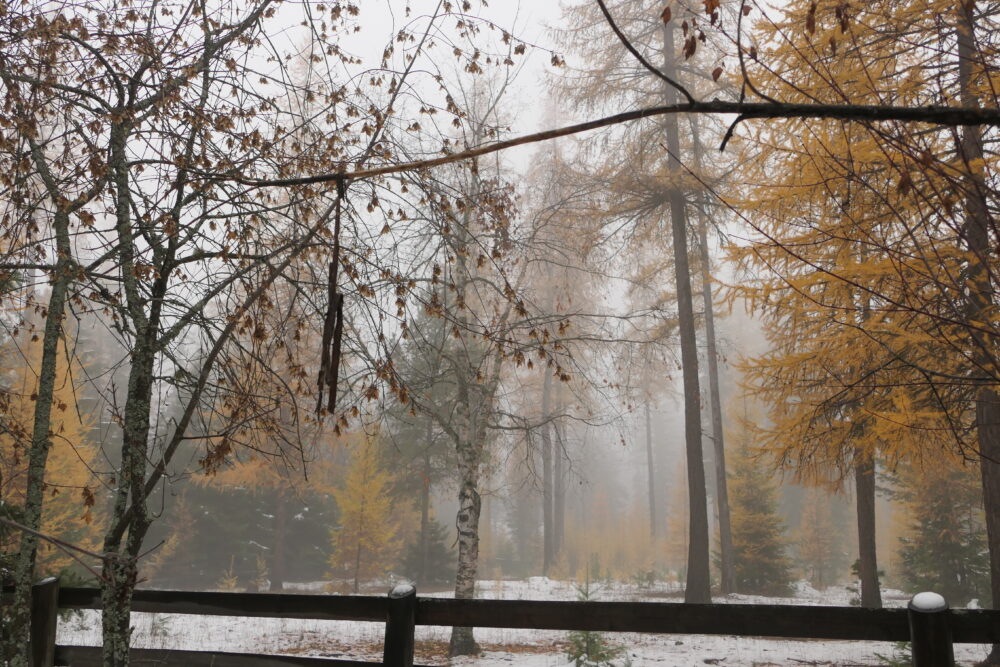
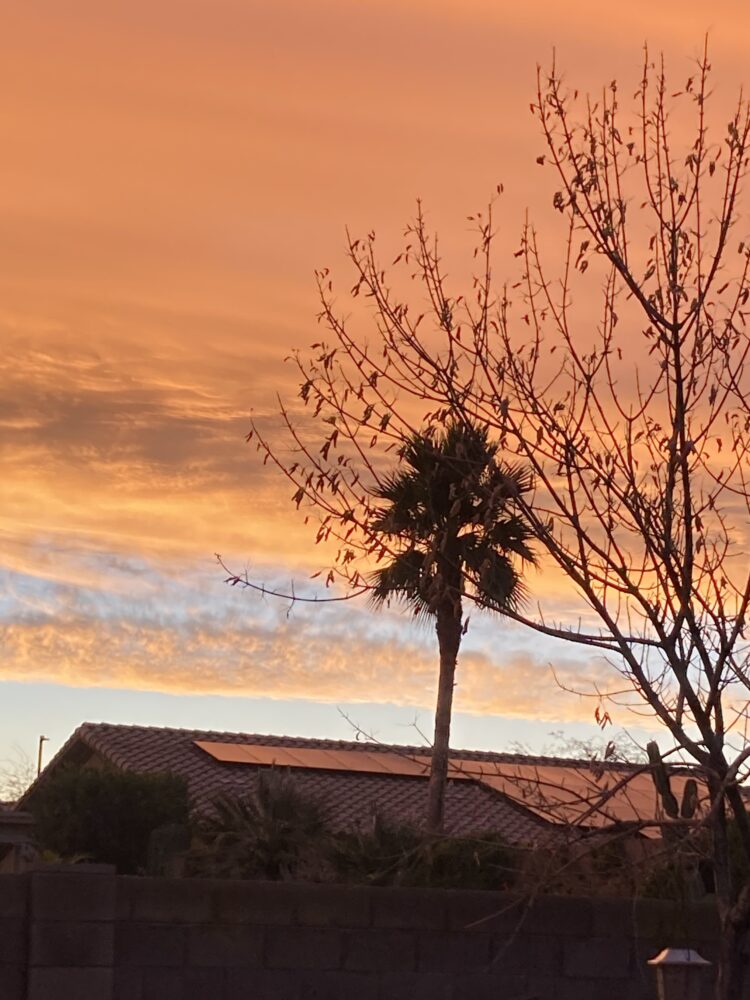
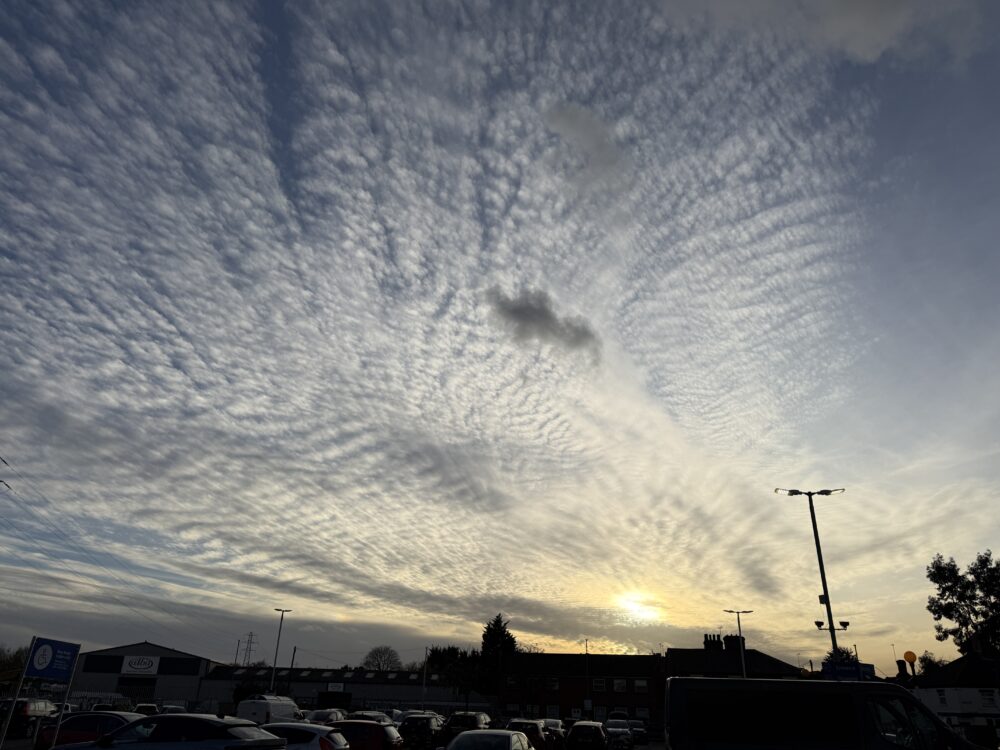
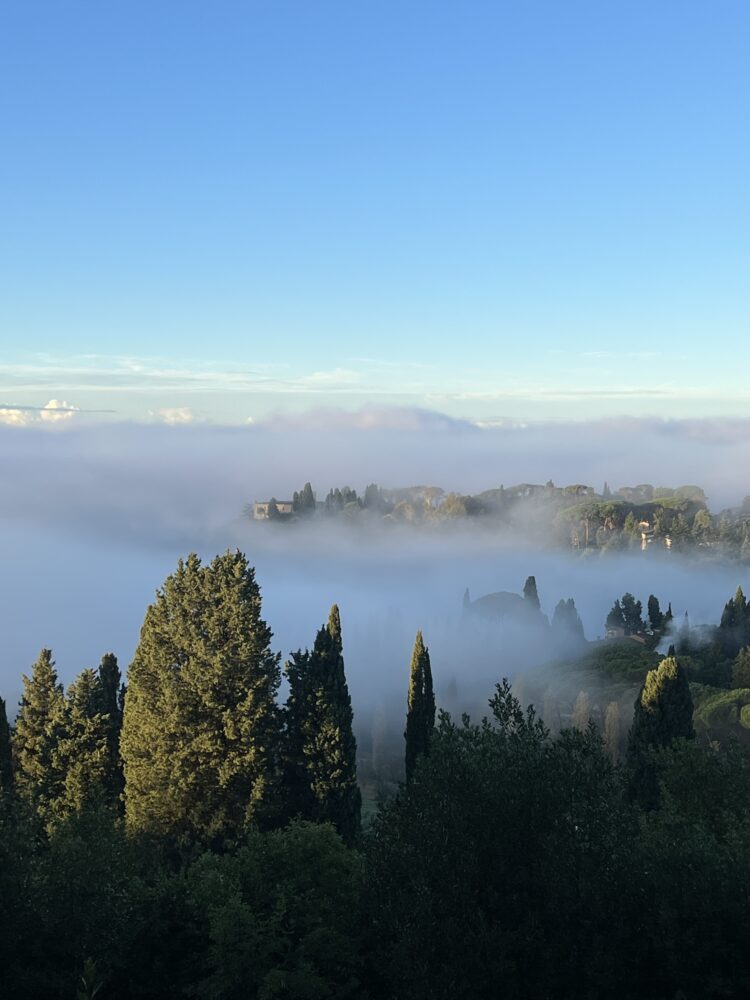
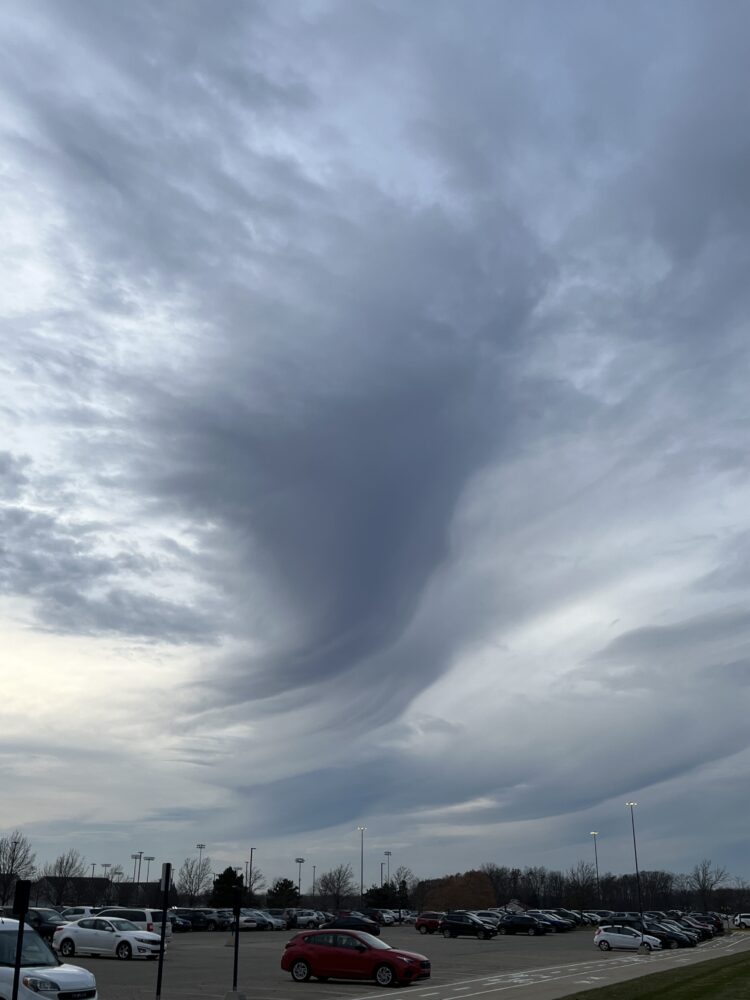
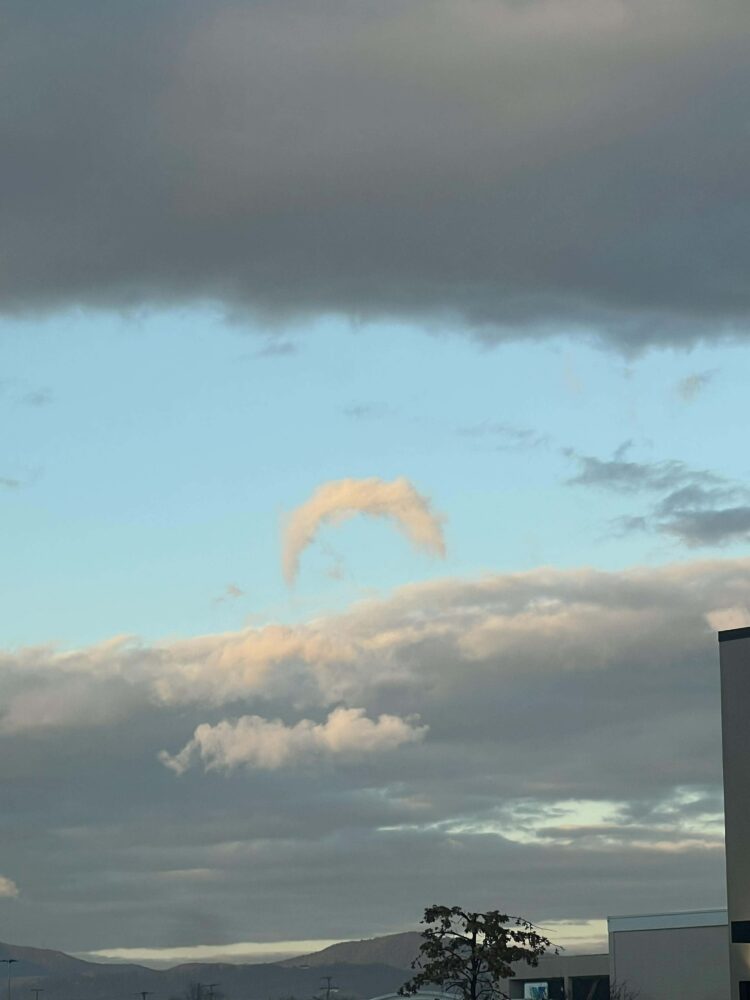
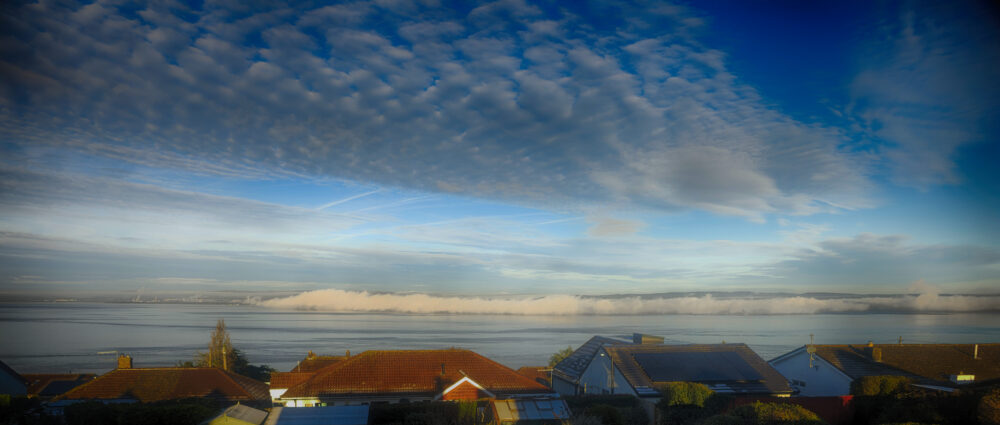
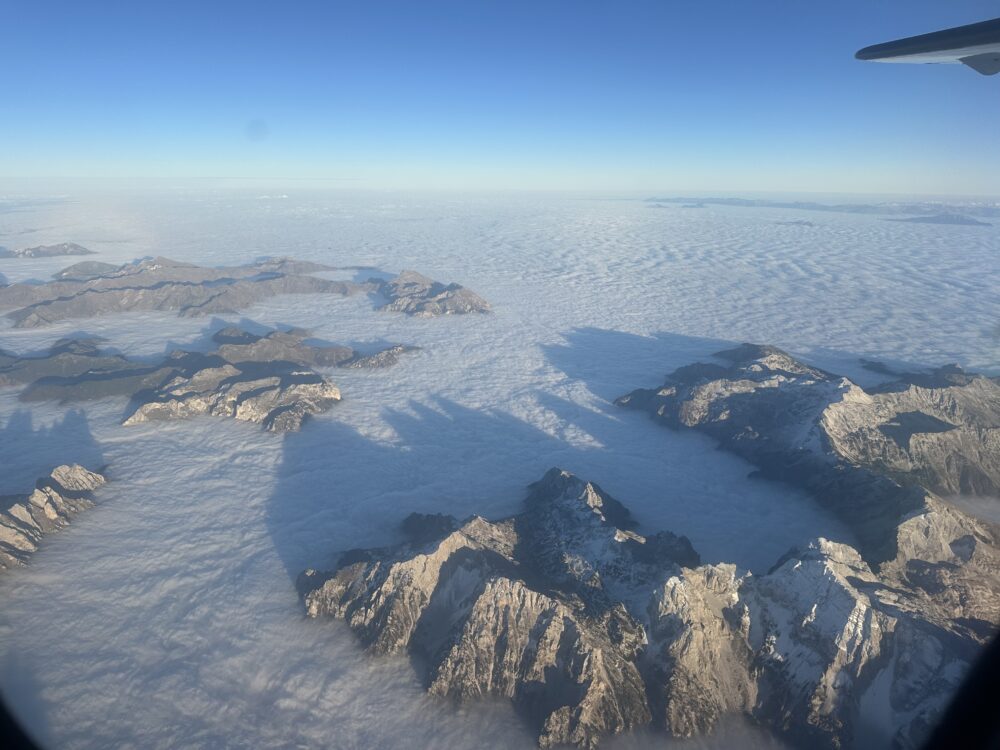
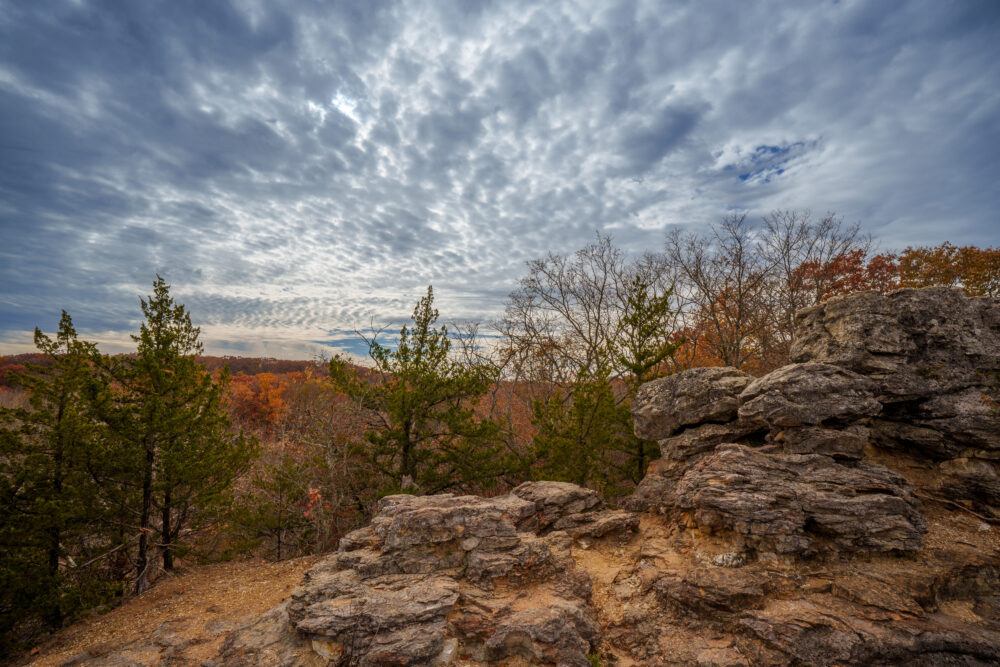
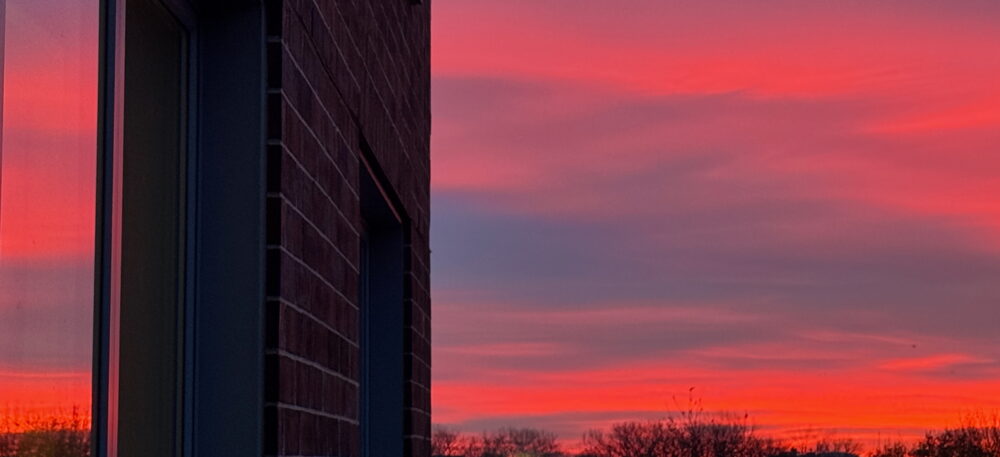
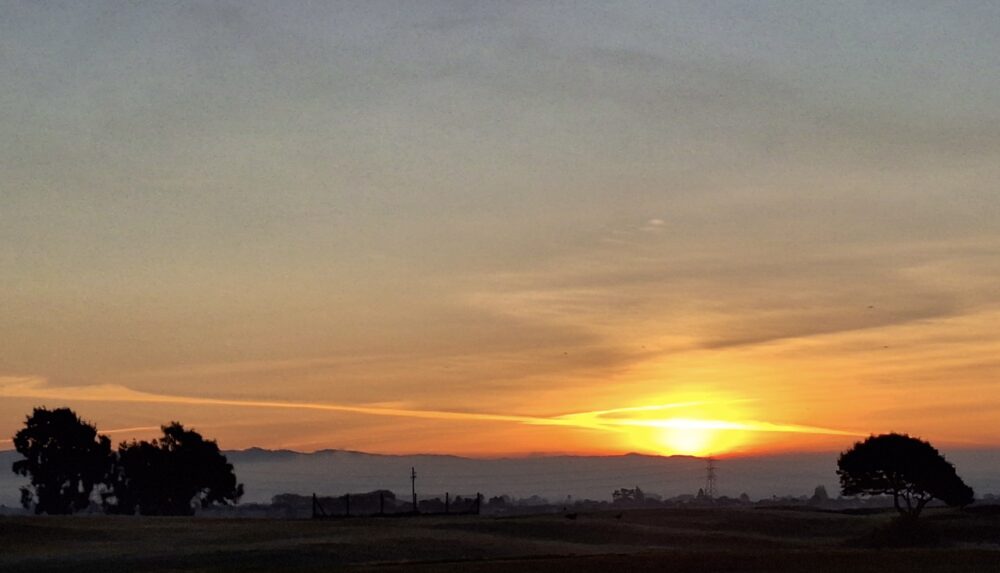

Peter
This is a superb mono image and from the flight deck .
Thanks for sharing
Regards
John
A good shot of the clouds taken from an airplane. The black and White Image shows up the cloud shadows really well. All the tallest cumulus cloud anvils are pointing in the same direction. From Rebecca Hill
What a stunning shot from above!! I just checked the NASA’s APOD page 18 and saw the uncanny resemblance of the two photos. Ours is much better or course.
Joan
Hi Peter,
Marvellous shot, especially taken in monochrome which, I think, lends more grandeur to the scene you were lucky to have photographed. I was entranced by it.
Now, here is a test! Your photo immediately reminded me of the marvellous image taken very far away from our planet Earth by NASA’s “New Horizons” spacecraft of Pluto,
The image and shows Pluto’s clouds. It bears a remarkable similarity to your photo! Do, please, have a look.
Image released on NASA’s APOD page 18 September 2015.
https://apod.nasa.gov/apod/ap150918.html
Laurence